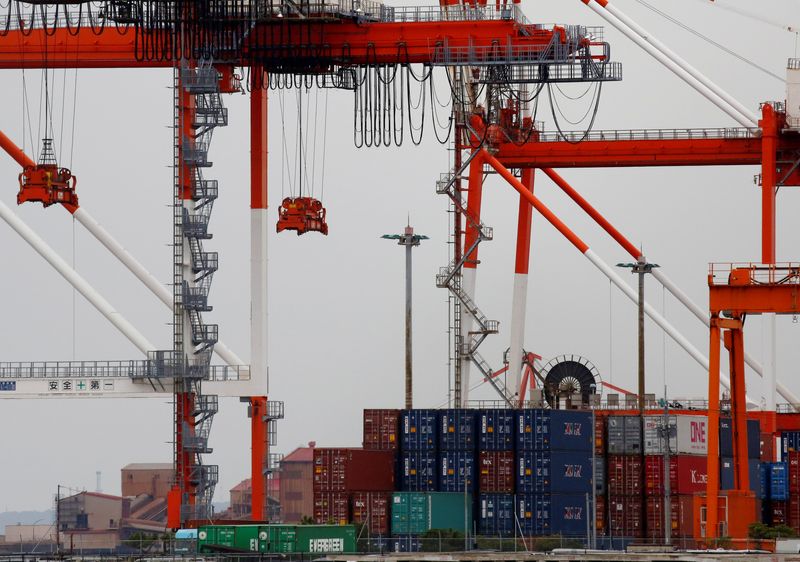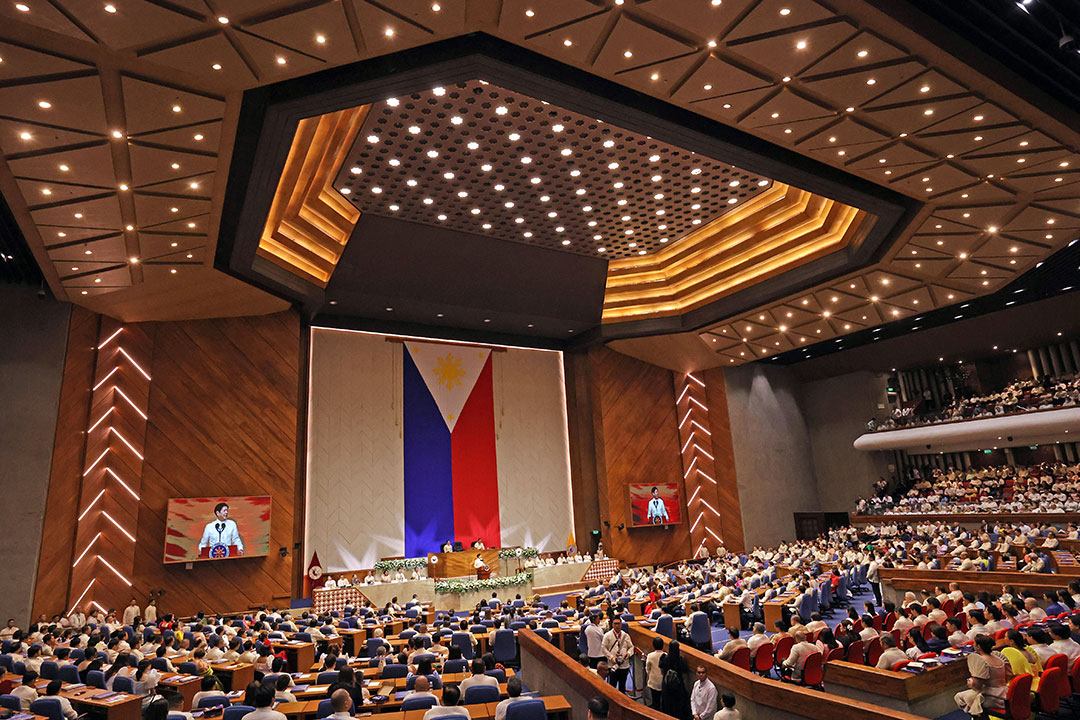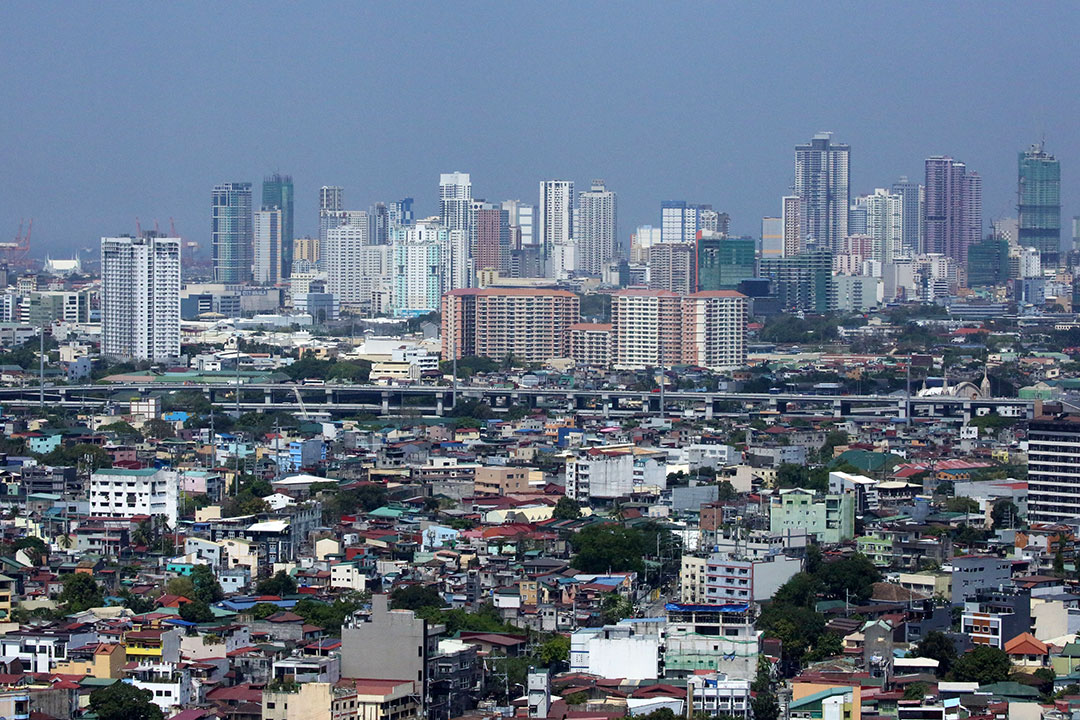(For reasons of timeliness, two columns on ASEAN food security have preempted the scheduled second part of Mr. Villegas’ AI series which will resume on June 25. — Ed.)
On June 24 to 27, some 45 businesspeople, entrepreneurs, academics, and research personnel will travel to Ho Chi Minh on an Agribusiness Road Show to promote greater trade, investment, technology transfer, and academic and research cooperation between these two ASEAN countries. Impressed by the fact that Vietnam surpassed the Philippines in GDP per capita four years ago and is now a high-middle income economy ahead of us, the members of the Philippine delegation expressed interest to the staff of the Center for Food and Agribusiness (CFA) of UA&P in observing Vietnamese best practices in agribusiness. The record of Vietnam in reducing poverty in rural areas and in exporting large volumes of high-value agricultural products like rice, coffee, durian and other high-value fruits as well as seafood products has caught the attention of many of their ASEAN neighbors, including Filipinos.
For this reason, the CFA has arranged for an agribusiness tour of the surroundings of Ho Chi Minh with the help of some Department of Trade and Industry officials of the Philippines, as well as some private Vietnamese business people engaged in the agribusiness sector, starting with those who are active in the booming rice trade between the two countries.
It is well known that Vietnam is one of the largest exporters of rice to the Philippines. The Philippine delegation includes the CEOs of large Philippine conglomerates that are actively investing in commercial plantations, like Isidro Consunji, Chair of the DMCI group, one of whose subsidiaries, the DACON group, is heavily investing in plantations of palm oil in Mindanao and Negros Occidental. Another CEO in the delegation is Lina Fernandez, President of the Benguet Corp., a top mining company that is diversifying into agribusiness by investing in large-scale coconut farming in Samar.
It is notable that there has been a change in perception among large corporations concerning the attractiveness of the agribusiness sector. For many years, leading Philippine banks were notorious for paying hundreds of millions of pesos in penalties to the Government rather than devoting part of their portfolio to the required investment in Agri-Agra projects. Today, thanks to the highest priority being assigned to food security by the Marcos Jr. Administration (and a very street smart and effective Secretary of Agriculture like Francis Tiu Laurel), there is an increasing number of conglomerates that are investing long-term capital in agribusiness ventures. In addition to the DMCI and Benguet groups, the First Pacific group of Manny Pangilinan is investing heavily in dairy, coconut, and other high-value products, and the group of Sito Lorenzo is becoming very bullish over the bamboo industry.
The delegation of about 45 who will join the road show includes some medium-sized corporations that are in high-technology agribusiness ventures like Santeh Feeds Corp. whose CEO, Philip Ong, is joining the road show. Another high-tech medium-sized firm that is part of the delegation is Infarmco, a hog-breeding enterprise led by Tony Ng. The rest of the delegation is made up of SMEs engaged in one link or another of the agribusiness value chain, from farming to cold storage, logistics, consulting, finance, and marketing. Whether large or small, the Philippine enterprises joining the delegation will be in search of lessons from the experiences of Vietnam over the last three decades or so.
At the macro level, all of us will be interested in seeing how that country has been able to accomplish the feat of growing its agriculture sector at an average of 3% to 4% per annum over at least the last 20 years, in contrast with the Philippines’ very poor performance of a little over 1% annually. In fact, over the last 10 years, we have actually experienced more negative figures than positive ones in agriculture on a quarter-to-quarter basis.
Then at the industry level, great interest will be focused on the success stories of rice, coffee, pepper, cashew, durian and other high-value fruit products, as well as aquatic products.
A very important question that the Philippine observers should ask their Vietnamese counterparts is how their admirable success in improving the productivity of their agricultural sector was made possible, despite the fact that their farms — like those of the Philippines — are still highly fragmented. In Vietnam, farms are generally small, with an average size of 0.4 hectares. Many of their farms are family owned and managed. This fragmentation is further complicated by the fact that many farmers own multiple small, noncontiguous plots of land, making consolidation and economies of scale even more difficult. One can conclude that the Vietnamese Government has been much more successful in helping their millions of small farmers improve their productivity in such crops as rice, coffee, pepper, cashew, etc. despite the handicap of fragmentation. The answers to this question should be brought back by the Philippine delegation so that they can communicate them to our government officials involved in the agricultural sector.
The Philippine farming scene is now being characterized by a bifurcation into two sectors with contrasting farm sizes. There is still the predominant small-farm sector which is no different from the Vietnamese case of very small sizes, i.e., from 0.4 to two hectares. This is especially true in the coconut, corn, livestock, and vegetable sectors in the Philippines. An increase in productivity among these millions of small farms will not happen without the primordial role of the State. That is where we should learn from the Vietnamese Socialist Government.
Then there is the slowly developing sector of larger commercial farms which are being consolidated, despite great political odds, following the earlier examples of banana and pineapple plantations — the Philippines succeeded in becoming one of the largest exporters of those fruits in the ASEAN. There is hope that we can replicate this success with other crops — like bamboo, mangoes, coffee, cacao, palm oil, pili, and avocado — through land consolidation using the cooperative mode, the nucleus estate model of Malaysia, and the conversion of denuded forests leased from the Department of Natural Resources into commercial crop plantations.
In fact, a resource person invited to address the Philippine delegation going to Vietnam is Christian Moeller, whose Lionheart Farm in Rizal, Palawan successfully combined these three modes of land consolidation to arrive at a 3,000-hectare coconut plantation producing high-value coconut products. It would be of great interest for the Philippine delegation to ask their Vietnamese counterparts if, especially in the case of the coffee success story, the Vietnamese Government had allowed the consolidation of small farms into larger units of thousands of hectares to permit mechanization, digitalization, and other forms of technological innovation.
If the Marcos Jr. Administration is to achieve the goal of the agricultural sector growing by at least 3% annually towards the end of its term, we must first learn how to help the small farmers make more productive use of their miniscule farms.
Realistically, however, this is geared towards the most important objective of reducing poverty. A quantum leap in productivity can only be achieved through the application of advanced technology and modern farm practices to larger commercial plantations. Fortunately, there are now big businesses that are willing to risk long-term capital in the large-scale growing of crops, many of them for export. We may even get the Maharlika Investment Fund to take an interest in this sector.
Bernardo M. Villegas has a Ph.D. in Economics from Harvard, is professor emeritus at the University of Asia and the Pacific, and a visiting professor at the IESE Business School in Barcelona, Spain. He was a member of the 1986 Constitutional Commission.

 7 hours ago
1
7 hours ago
1



















 English (US) ·
English (US) ·